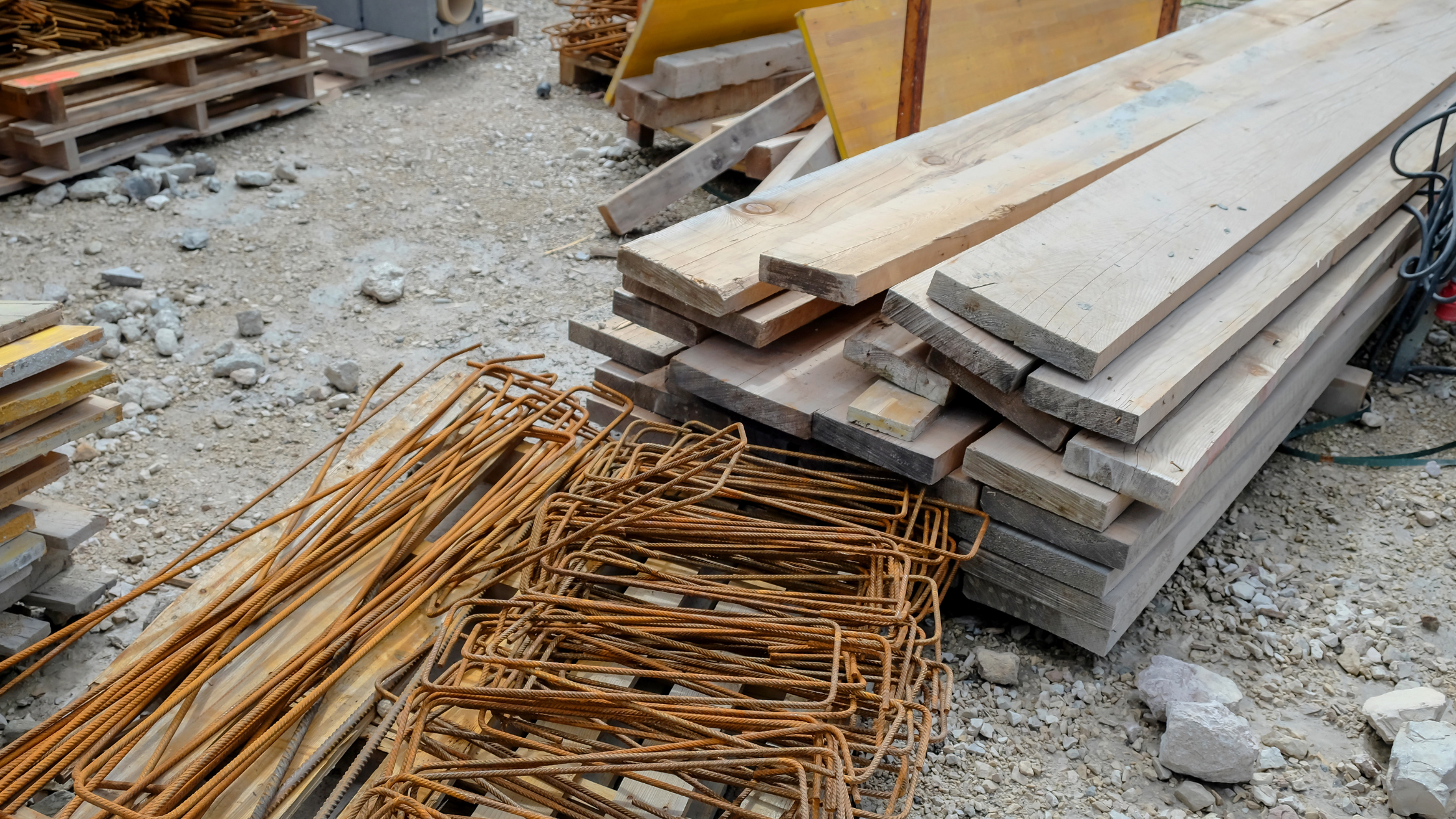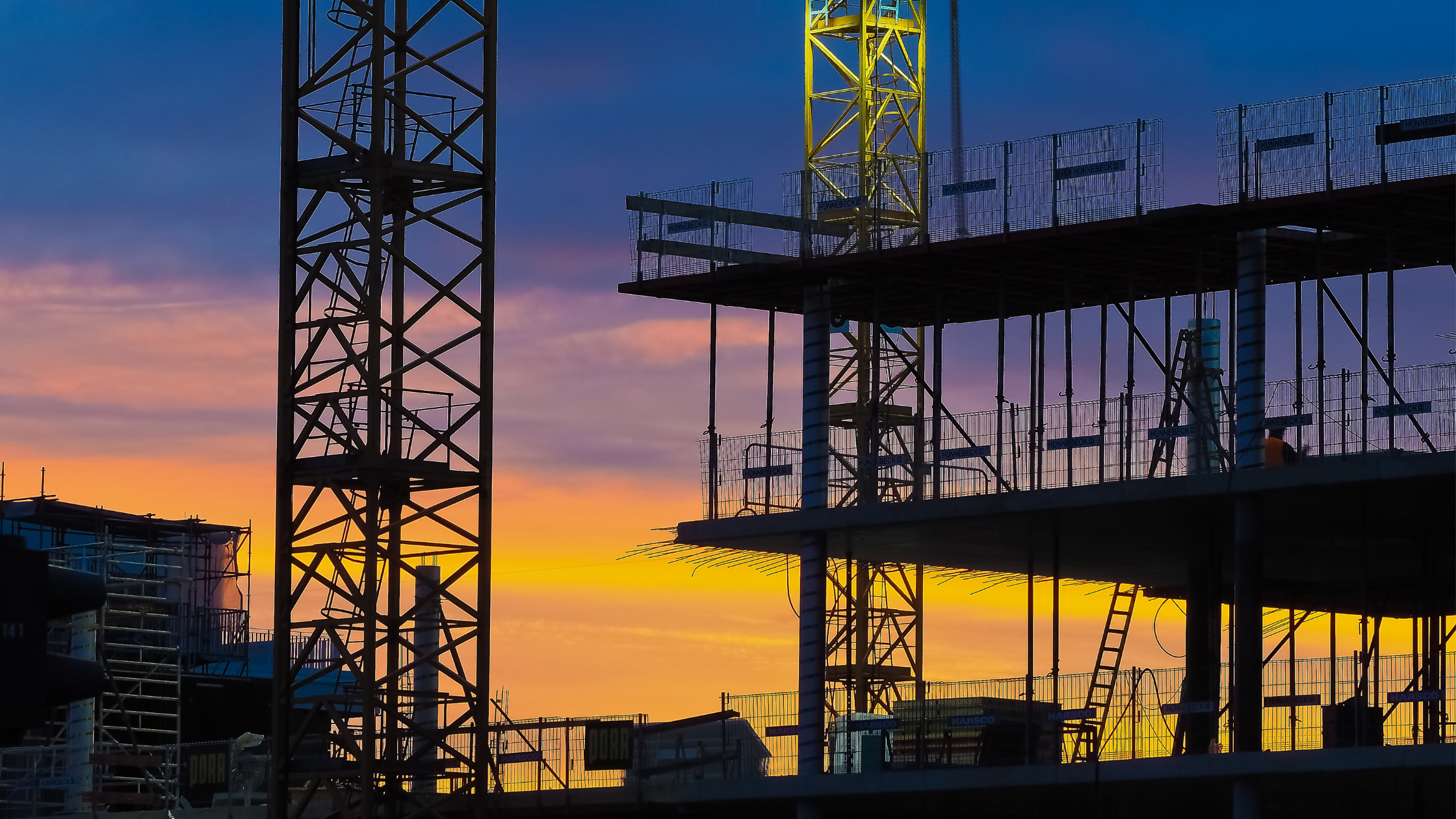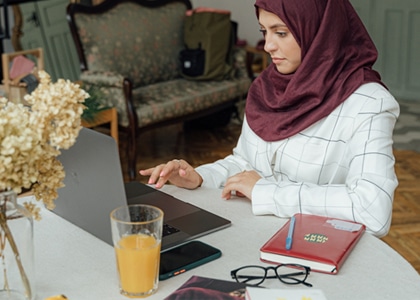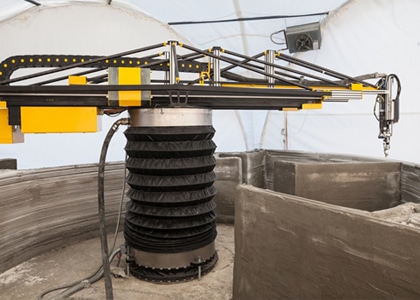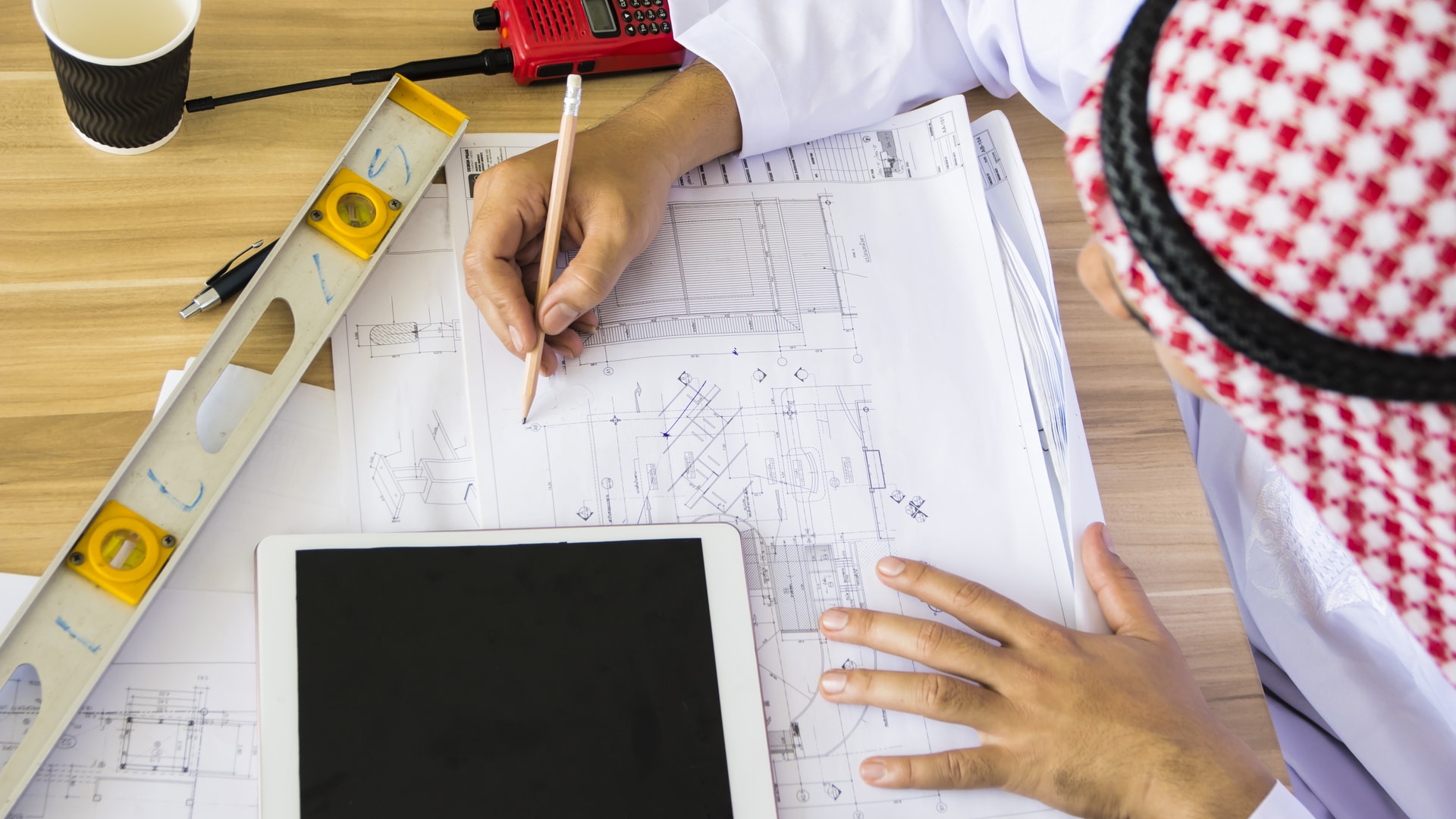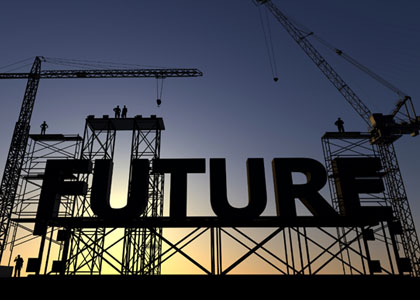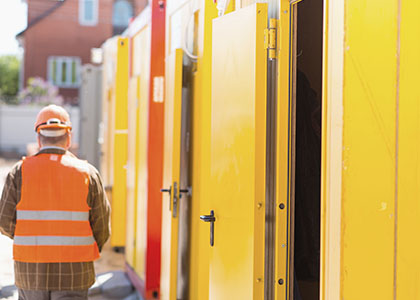Home / Blog / Red Sea Project Update
The Red Sea Development Company (TRSDC) has recently released its first-ever sustainability report, which highlights plans for sustainable development and promises a 30% conversion benefit by 2040. It also gives details on how the entire project is running on 100% renewable energy while only maintaining construction work on 22 out of the 90 islands. This leaves approximately 68 islands for nature to thrive on.
Carlos Duarte, professor at King Abdullah University of Science and Technology, has lauded the TRSDC’s conservation methodologies in leading the industry to a greener and more equitable future.
In addition to maintaining sustainable goals, the TRSDC’s mega tourism project awarded 500 contracts of over 14.5 billion Saudi Riyals ($3.86 bn) last year. These include accommodation for workers, resorts, hotels, roads, runways, and energy production plants. The company promises to open up at least 50 resorts that will house 8000 rooms as well as 1000 residential properties across its islands and six inland sites. With 464 billion riyals projected in cumulative revenue by 2040, the project will also open up 70,000 new jobs.
The TRSDC is also making sure to equip its workers with useful technologies that guarantee efficiency in work, safety, and maximized productivity. One of these measures is the introduction of smart badges to 36,000 construction workers.
These smart badges work through an IoT (Internet of Things) platform and provide wireless tagging of man force and vehicles. By controlling access to certain areas, these badges prevent any unauthorized entries that could result in security threats. In addition, they enable workers to monitor their conditions and report any safety issues to medical and security units.
The most distinct feature of the project, however, is the construction of the 1.2 km long Shurayah Bridge that acts as the main access point for the islands. The bridge will serve not only as a connecting point between the islands but will provide an eye-catching engineering and architecture feature that meets quality construction and environmental conservation standards.
The bridge will contain two 36 meters sections at each end to allow marine life to easily pass through. Additionally, a precast yard will also be installed near the coast to minimize travel distances with the help of concrete-sourced batching plants.
The TRSDC also hopes to award a contract for the building of an airport that will serve over 1 million passengers a year and 900 every hour for both domestic and international flights. It will extend over an area of 28 square kilometers and will contain three helipads along with parallel taxiways. The architecture of the airport will mimic the desert landscape of its surroundings and will provide calm and luxurious experiences throughout the terminal. Lastly, to reduce the usage of air conditioning, natural ventilation and shaded areas are expected to be introduced to the airport site.

